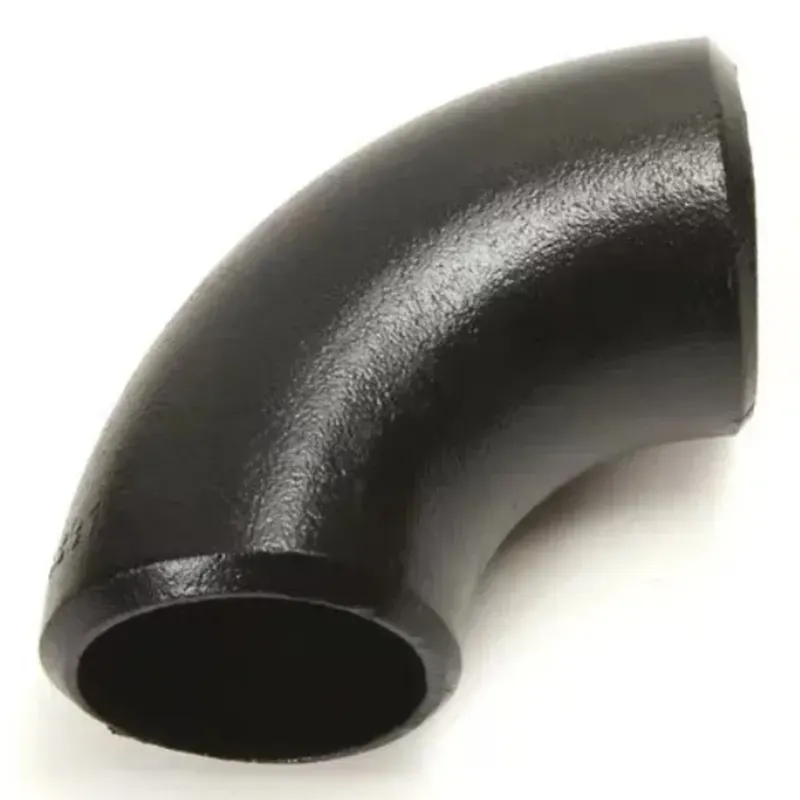-
Cangzhou Yulong Steel Co., Ltd.
-
Phone:
+86 13303177267 -
Email:
admin@ylsteelfittings.com
- English
- Arabic
- Italian
- Spanish
- Portuguese
- German
- kazakh
- Persian
- Greek
- French
- Russian
- Polish
- Thai
- Indonesian
- Vietnamese
- Zulu
- Korean
- Uzbek
- Hindi
- Serbian
- Malay
- Ukrainian
- Gujarati
- Haitian Creole
- hausa
- hawaiian
- Hebrew
- Miao
- Hungarian
- Icelandic
- igbo
- irish
- Japanese
- Javanese
- Kannada
- Khmer
- Rwandese
- Afrikaans
- Albanian
- Amharic
- Armenian
- Azerbaijani
- Basque
- Belarusian
- Bengali
- Bosnian
- Bulgarian
- Catalan
- Cebuano
- China
- China (Taiwan)
- Corsican
- Croatian
- Czech
- Danish
- Esperanto
- Estonian
- Finnish
- Frisian
- Galician
- Georgian
- Kurdish
- Kyrgyz
- Lao
- Latin
- Latvian
- Lithuanian
- Luxembourgish
- Macedonian
- Malgashi
- Malayalam
- Maltese
- Maori
- Marathi
- Mongolian
- Myanmar
- Nepali
- Norwegian
- Norwegian
- Occitan
- Pashto
- Dutch
- Punjabi
- Romanian
- Samoan
- Scottish Gaelic
- Sesotho
- Shona
- Sindhi
- Sinhala
- Slovak
- Slovenian
- Somali
- Sundanese
- Swahili
- Swedish
- Tagalog
- Tajik
- Tamil
- Tatar
- Telugu
- Turkish
- Turkmen
- Urdu
- Uighur
- Welsh
- Bantu
- Yiddish
- Yoruba

Sep . 21, 2024 13:25 Back to list
flange coupling types
Flange couplings are essential mechanical components that connect two shafts, allowing for the transfer of torque and rotational movement. They are widely utilized across various industries, including automotive, manufacturing, and construction, owing to their reliability and ease of installation. Different types of flange couplings cater to specific applications and operational requirements, ensuring optimal performance.
One of the most common types is the rigid flange coupling. As the name suggests, this type does not allow for any misalignment between the connected shafts, making it ideal for precision applications. Rigid flange couplings are composed of two hubs, each attached to a shaft, and a flat plate that connects them. While offering high torque transfer, they require precise alignment during installation to avoid undue stress on the shafts.
In contrast, flexible flange couplings are designed to accommodate minor misalignments and thermal expansions. These couplings often incorporate materials like rubber or synthetic polymers, allowing for a degree of flexibility that can absorb shocks and vibrations. They are particularly useful in situations where the connected equipment experiences movement or settling, such as in pumps and gearboxes.
Another popular type is the disc flange coupling. This design employs thin, flexible discs that transmit torque while accommodating misalignment. Disc couplings are well-suited for high-speed applications due to their lightweight and low inertia. They are commonly found in high-performance machinery and aerospace applications, where precision and reliability are critical.
flange coupling types

The split flange coupling is another variant that features a two-part design for easy installation and maintenance. This type allows for quick disassembly without disengaging the connected machinery, making it advantageous in operational environments where downtime needs to be minimized.
Finally, safety flange couplings are designed to protect the equipment in case of overloads. They incorporate mechanisms that disengage the shafts if a certain torque threshold is surpassed, preventing damage to both the coupling and connected components.
In conclusion, flange coupling types vary greatly, from rigid and flexible designs to split and safety couplings
. Each type serves distinct purposes, allowing engineers to select the most appropriate solution based on operational needs, alignment requirements, and environmental conditions. Understanding these types is essential for maximizing efficiency and reliability in mechanical systems.Latest news
-
ANSI 150P SS304 SO FLANGE
NewsFeb.14,2025
-
ASTM A333GR6 STEEL PIPE
NewsJan.20,2025
-
ANSI B16.5 WELDING NECK FLANGE
NewsJan.15,2026
-
ANSI B16.5 SLIP-ON FLANGE
NewsApr.19,2024
-
SABS 1123 FLANGE
NewsJan.15,2025
-
DIN86044 PLATE FLANGE
NewsApr.19,2024
-
DIN2527 BLIND FLANGE
NewsApr.12,2024
-
JIS B2311 Butt-Welding Fittings LR/SR 45°/90° /180°Seamless/Weld
NewsApr.23,2024











